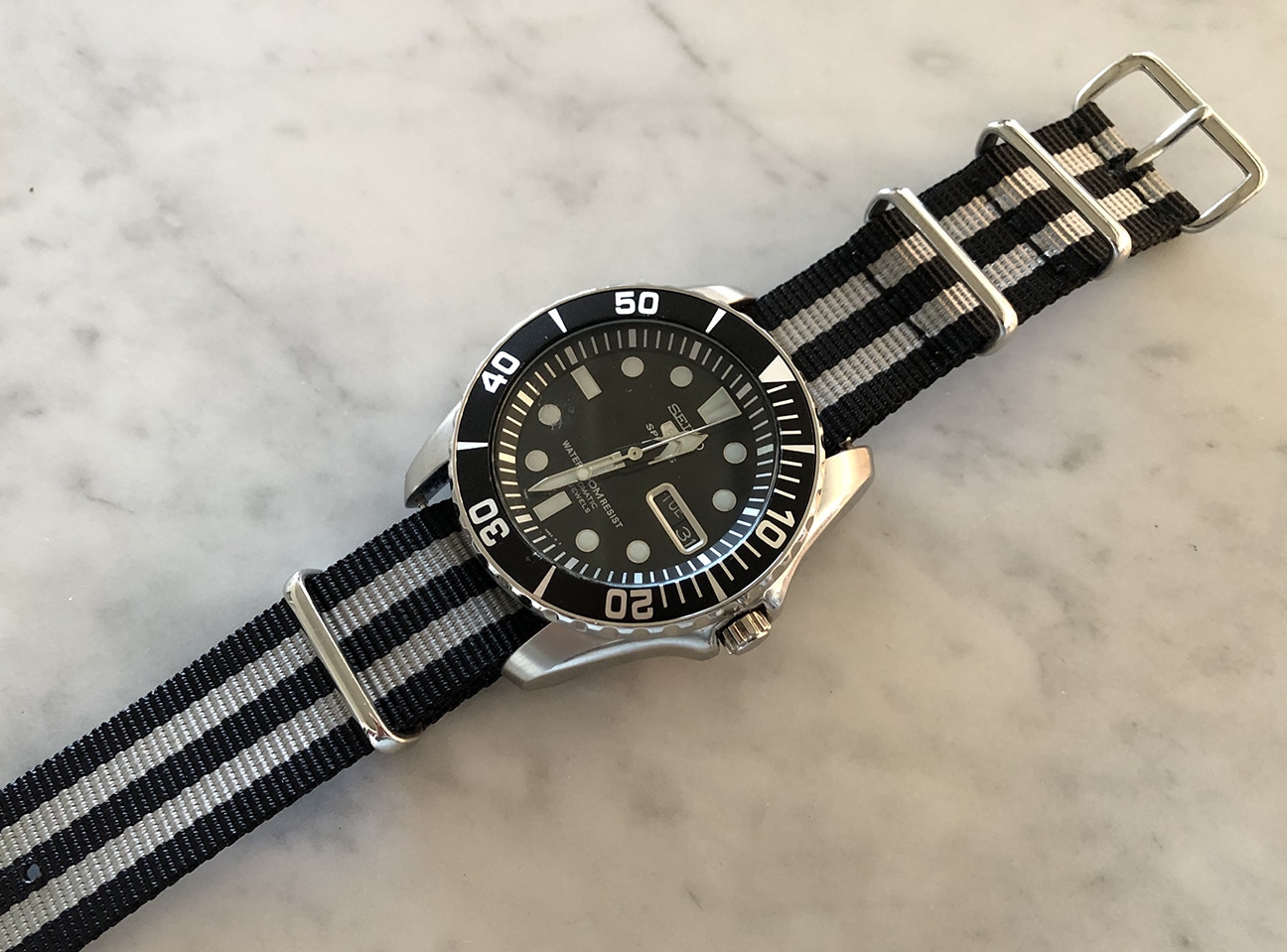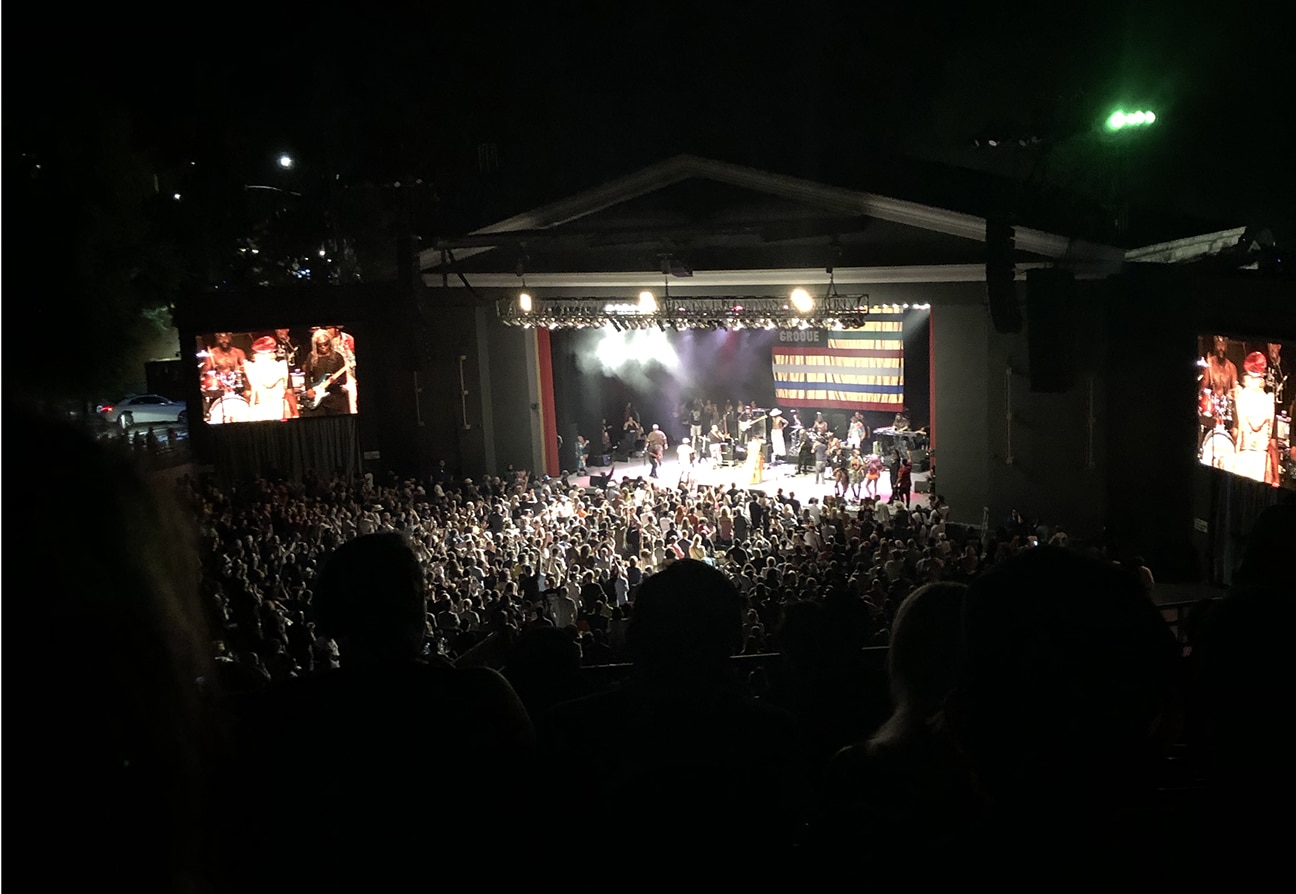1. Downtime
One of our future podcast interviewees says he needs 2 hours a day of downtime. I agree. This is a time when there is no incoming new information of the audio/visual variety. There are a huge amount of learning and entertainment options that one can plug into if one desires, which can be wonderful. But I have found that there is a set amount of time my brain needs to be in down mode in order for problems to be solved and ideas to be generated. Downtime can be walking, meditating, hanging around a park, playing with a dog, just spacing out looking through the window at the sky, passive-listening to music, perusing a picture book. What it is not is cramming information or some sort of overt productive act. Beware of what Iggy Pop calls “The Theater of Activity.” Creativity needs a combination of stimulation and processing time.
2. Aerobic Activity
Most of this year, my fitness has been around strength building and HIIT training. Both are highly efficient in terms of benefits and time spent, and both are highly stressful on the body. That’s the point-stress leads to adaptation. However, late this year I added aerobic training. For me, this is Zone 2 training for 1 hour 3x week. I bemoan the loss of time but have found that I can read, listen to the news, review the social feeds, study documents, if I keep my heart rate on the lower end of the range. For me, that is in the 100-115 range. The feeling is breathing strongly, but not panting. The benefit is that I am training my mitochondria, not just my cardiovascular capacity. The more I read, the more I see a correlation between a huge range of bad health outcomes and metabolic function on a cellular level. Aging well requires work and focus. But hey, the alternative is much worse.

3. Conferences
Before 2018, I maybe attended a single conference in my entire life. As a photographer, I saw no reason for them. Now I am a fully converted conference enthusiast. It started when I was being asked to speak at them, and now I’ll go to pretty much anything that seems remotely interesting, because I always learn something new and always meet interesting new people. We even had our own sold-out YBL conference in Los Angeles last year, which was a tremendous success and a glimpse of what we are planning for the future.
4. Stretching
I used to stretch quite a bit. Then a few years ago, as the time demands of AGEIST grew, I left it off the menu. There were consequences. My QL started acting up regularly, I was stiff in the mornings, and all around felt less supple. In the last few months, I have taken to a nightly stretching routine of about 20 minutes. During the day, I will stretch my posterior chain — calves, hamstrings, glutes, low back — every hour or so. It has made a huge difference. Sure, it may look a bit odd with me using whatever surface is available to get my leg horizontal to lean into it, but whatever. It feels great, I’m no longer stiff in the mornings and I can kick well over my head again.

5. Customize/Personalize
I have always felt the need to make whatever I am wearing my own. It has something to do with the need for individuality as it intersects intentionality. This year, one of my favorite purchases was a $18 striped NATO-style strap for my modest Seiko 5 Diver. The watch instantly became mine, not anyone else’s. Little customizations can be tremendously satisfying. This idea of individualization is something that we are seeing everywhere: exercise, diet, medicine, jeans…We are all individuals, no two of us are the same. I may swoon over my Bond-style wrist ornament, but you may dream of some other trinket. We now have options in all manner of things that we never thought we had, or at least never thought we should do. I find that my biggest limitation is my imagination and that I need to constantly be expanding what I think is possible.
6. Client Consulting
This year we took on a number of wonderful consulting clients. A couple are small professional practices, one is a rapidly growing start-up, and some are large listed corporations. People keep telling me that consulting does not scale, I should back away from this as most people only want to speak with me, and that time is limited. However, I love it. I look forward, with excitement, to each call. I am one of those people who learn by talking. Whenever I am speaking with one of our clients, the other side of my brain is learning from what I am saying. There is also the not-inconsequential side benefit of watching our clients grow and thrive, which fills us with pride that our contributions are having such an effect. Note to those who may be interested: we don’t do therapy, we just share what we know about best practices within the scope of our expertise.
7. Tracking
This year I have gone all-in on keeping track of what I do. How many hours do I spend on what sort of work? How many steps did I take today? What is my resting heart rate and how has that changed? How many books did I read? What originally sounded to me like an obsessive-compulsive disorder run amuck, I have come to embrace as a way to better understand what I actually do, and what I need to do to improve. In the same way we track expenses and income to understand the financial underpinnings of the business, I have belatedly come to understand that a concrete inventory of what I actually do, versus what I hoped to have done, is essential if I want to improve.

8. Writers Need to Read
In my current role at AGEIST, there is a lot of writing that needs to happen. I find that if I spend several hours a day writing, I will run out of words. For instance, don’t ask me to write an email on Thursday morning having finished the publishing of the newsletter on Weds afternoon. There are no words left. I need to fill up the tank, and I do that by reading. This year I’ve added fiction books to the mix. Information books are essential, but they don’t expand my ability to use language in the way fiction does. This is the same reason I read Monocle and The Financial Times. Most news is written at a 5th-grade level, if that. I often need a dictionary when reading the columnists at the FT. Stretch my language, stretch my imagination — love that.
9. Walking
This is related to the first point about downtime and tracking, although this is walking with a purpose. I live in a reasonably dense urban area. There are a number of transportation options available to me: car, scooter, bike, Uber, bus. My first choice is always walking, not strolling, but walking at a quick, near-jogging pace. I used to be a New Yorker. They walk with real purpose. Walking like this is how I start my day, and what I do after my evening meal. I sleep better at night, and I think better during the day. It is probably the most basic of all human movements, and the one almost all of us can do without excuse. My target is 10,000 steps a day which, if broken into a few breaks in the day, and I am not traveling, I can usually do.

10. Ticketed Events
This last year we went to an average of 1 significant ticketed event a month. (Tracking this too). A ticketed event could be a ball game, a concert, a reading, a movie or anything that requires buying a ticket ahead of time. I have found that the Just Say Yes model is best here because I have no idea what I may get out of the event. The more varied the better. Bring it on. Malcolm Gladwell talking with Flea was extraordinary, and I had zero expectations. Sure, this is the alleged golden age of TV, but it is still TV. Getting out into the world with a bunch of strangers is a basic human experience. Stoners at the Hollywood Bowl, sports fans at Dodger Stadium, opera fans at Disney Hall — all people I would have no contact with if not for saying yes. Do I want to hang out with most of these people? Maybe sometimes, but it is great to enter their world and learn to appreciate what they appreciate.


